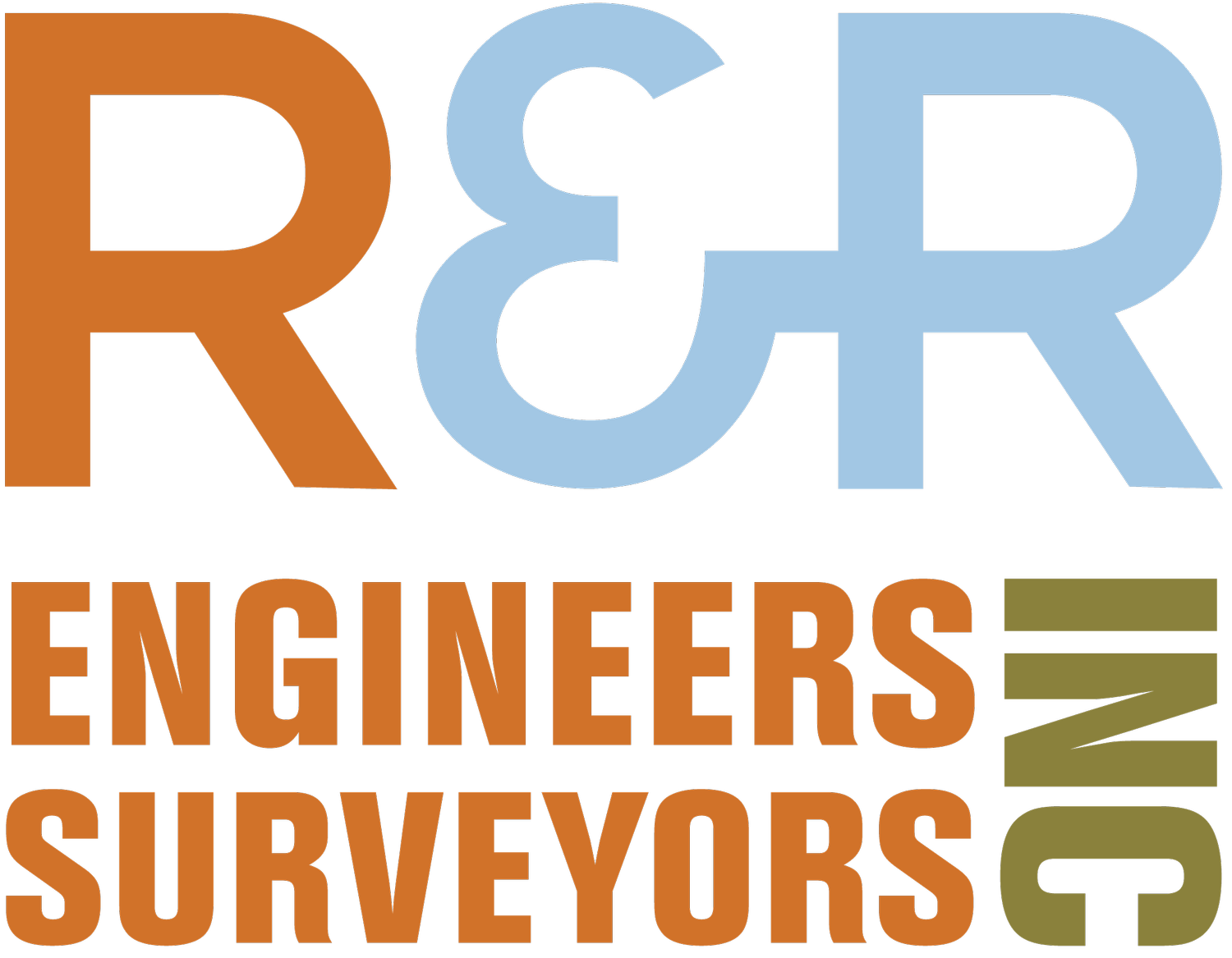ADDRESSING THE NEED FOR MORE TRAINED SURVEYORS
Within many areas of commercial development, a large number of vacant jobs go unfilled due to a small qualified labor pool.
In 2016, the U.S. Bureau of Labor and Statistics reported that of the approximately 65,000 land surveyors in the country, only 9,000 were under age 34. The average age for a land surveyor in the U.S. is inching toward 60, with many retiring in the coming decade. With a surge in construction and land development, R&R Engineers – Surveyors, Inc. — a Denver-based, full-service land surveying and civil engineering firm — made it a priority to identify and train the next generation of surveyors to keep up with demand.
Many new hires have little to no industry experience. The first step is a day of orientation, which includes typical onboarding, safety training, and protocols. They are paired up with a veteran crew chief whom they train with over the next six months. In our intern program, both survey-focus and engineering-focus interns spend a minimum of a week in the field. Job site experience goes beyond surveying and is just as important for our engineers.
For new surveyors, the first month’s focus is learning how to use the equipment. This entails proper setup, steps to data collection, and site checks. They learn how to define points and put stakes in the ground. Additionally, new instrument operators confirm that field trucks have supplies and are set for that day’s job.
At three months, new hires are qualified rookies and are performing in an instrument operator role for data collection, site checks, and field staking. Their survey crew chief has walked through dozens of job site examples and repetitions. These rookies now have an understanding beyond just what has to be done, but why it has to be done in this order.
“Field experience is everything. There is no better training than to see how it gets built and being onsite; not just data pushing and understanding the equipment.” – Andy Maggiore (Survey Project Manager)
It is important to understand both the what, and the why, in the process. They need to understand why the instrument does what it does in order to provide quality control and foresee site conflicts.
By six months, those “rookies” aren’t really rookies anymore. They switch from their veteran crew chief to regular rotation within the survey department to learn a variety of skills across survey crews.
“Any given survey task could have ten different ways to do it, and across our field crews, people do tasks differently. You ask the same questions to five crew chiefs and you’ll probably get five different answers. The benefit in this diversity is to hone in on the most efficient and effective method and share that with the entire team,” said Tony Smith, president of R&R.
By working with different survey crew chiefs, it bridges gaps and builds relationships across the department. We don’t work in silos or competing teams, so there is an increased friendship and knowledge of coworkers. They know who has expertise in certain subjects and who to call when they need advice.
This is not a continuous improvement program; this is training and career pathing. Once proficient in the role, those having shown a willingness to learn are given autonomy and opportunities for junior management, office drafting, or preparing take-off packages. Typically, the first day for a junior crew chief includes 10 or 12 check-in phone calls with questions and clarifications, which quickly drops once they gain experience.
“Small mistakes are learning opportunities, not job pitfalls. Given the chance, our promising field staff takes responsibility and learns from their actions,” says Jeff Weygandt, senior survey project manager.
Most new hires and emerging surveyors start in construction, but a great benefit of R&R is the diversity of survey projects we undertake. Our field and office drafting staff are exposed to a variety of surveys including boundary, platting, condo maps, topography, site features, utility locates, well monitoring, section breakdowns, and construction staking. While some firms focus in and specialize, R&R embraces opportunities in construction staking and other survey areas, which has now evolved to nearly doubling our field crews/trucks over the last five years.
People learn differently. We cannot cater to everyone’s learning style, but we can train with a variety of styles repeatedly. The repetition, especially in the field, is a key to retaining their understanding. But repetition can be difficult with the variety of projects and the long duration of construction projects (sometimes taking years). The duration for proficient instrument operators and crew chiefs takes years for the right field experience. By taking a long approach to our on-the-job training, with significant field experience and a thorough understanding of a construction project’s life cycle, we are confident that our entry-level staff will have job security and career progression for years to come.
Photo courtesy of R&R
Addressing the Need for More Trained Surveyors
Within many areas of commercial development, a large number of vacant jobs go unfulfilled due to a small qualified labor pool.




